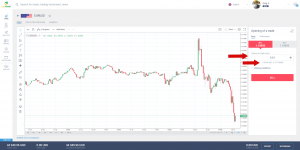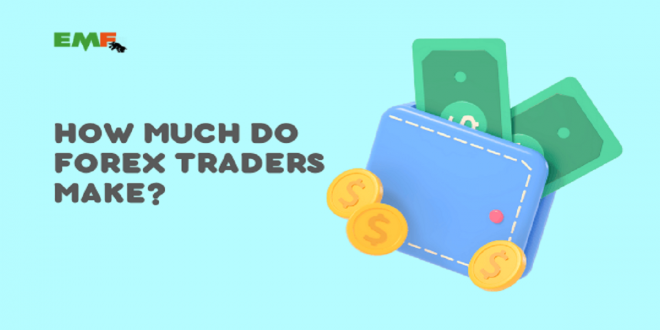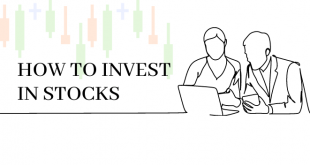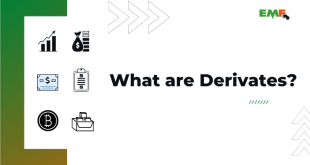The very first question that pops up in a beginner trader and investor’s mind is, “How much Forex Traders can make per month?” Everybody might want to know what they will have in return for their time and struggle, contrasted and other acquiring openings.
Don’t Miss out the Chance to Win iPhone 13 Pro Max
-LiteFinance 2022 Giveaway
Some expect that Forex will yield 100% per annum and more, and some are doubtful about 30%. So, how much can a forex trader make for real?
Let’s jump in and find out together!
How much Forex traders Make
Imagine a classical market where goods are sold and bought. You can be a seller or a buyer there. For example, you buy something cheap and sell it high, and make money from that. What will your income level depend on?
- Your start capital (the more goods you have, the higher your profit is)
- Bank credit amount (you can take out a loan if you don’t have enough money)
- Asset liquidity and price volatility. The more people want to buy/sell your product, the faster you make trades. The faster the price changes, the more trades you can make in a unit of time.
The same applies to Forex, where traders also sell or buy goods, using leverage and taking volatility and liquidity into account. Here are two practical examples. Let’s suppose the EURUSD is 1 to 2, and the euro is a base currency.
Example 1:
You have a deposit of 2,000 USD. One lot is 100,000 units of the base currency (check this article for more details on calculating a lot size).
The minimum trade size set out in the account conditions is 0.01 lots or 1,000 base units, which equals 100% of your deposit (2,000 USD or 1,000 EUR).
With 0.01 lots, the EUR/USD’s one point cost is 0.1 USD or 10 cents for four-digit quotes (100,000 * 0.01 * 0.0001).
Thus, if your deposit is 2,000 USD and you open a trade worth 2,000 USD, one price variation step will yield you 10 cents if your forecast is correct.
An average currency fluctuation may go up to 80-100 points in a day based on the volatility calculator.
So, you can make money from such fluctuations in any direction! According to surveys, beginner traders earn 100 points a day on average, making 10 USD per day.
Conclusion:
A trader may earn 10 USD a day with a deposit of 2,000 USD if all goes right. That means monthly profitability will be 10% (10*20 business days = 200 USD).
However, this calculation doesn’t provide for spreads and swaps that swallow a substantial part of profits.
Second, there’s a risk management rule that says a risk per trade mustn’t exceed 2% of a deposit, whereas, in my example, the risk totals 100%!
Third, a trader doesn’t always make profits. With a deposit of 1,000 USD and without leverage, a trader won’t have enough funds to open a trade because 0.01 standard lots is 2,000 USD when the rate is 1:2. The real rate being 1.1066, the minimum trade amount without leverage will be 1,106 USD.
Here’s an example for you:

Example 2:
Your deposit is 2,000 USD. You observe the “2% risk per trade” rule and therefore can’t do without leverage (a broker’s credit money).
Assume the leverage is 1:1,000. Then, you can open a trade worth 40,000 USD ( 2000 * 0.02 * 1,000) USD. You’ll then be able to buy 20,000 EUR, which corresponds to 0.2 lots (20,000/100,000).
Let’s calculate one point cost: 100,000 * 0.0001 * 0.2 = 2 USD.
Conclusion:
- With a deposit of 2,000 USD and 100 points earned a day, you can earn 200 USD (2 * 100). That makes about 4,000 USD or 200% a month. As you can see in the last screenshot or in the traders’ earning stats, that’s real money.
- You risk only 2% of the deposit, so the risk per trade is 40 USD.
Those are quite optimistic figures, but you need to subtract spreads, swaps, previous losses, and withdrawal fees to calculate net profits.
Also, remember that using leverage without observing risk management rules will most probable induce stop-outs.
There isn’t any “EASY” money on Forex.
Experienced traders who earn a ton in the foreign exchange market approach trading with all obligations: they improve their trading strategies and completely concentrate on financial instruments and the trading stage’s highlights.
If you have the vision to earn more, use the following algorithm:
- Start simple. Make sure your net monthly profit is at least 3%-5% of your investment in a real account on a stable basis.
- It doesn’t matter how much it makes as a money equivalent. What matters is your trading system’s stability and risk optimization.
 Earn Money Forex Best Forex Trading Experience
Earn Money Forex Best Forex Trading Experience








